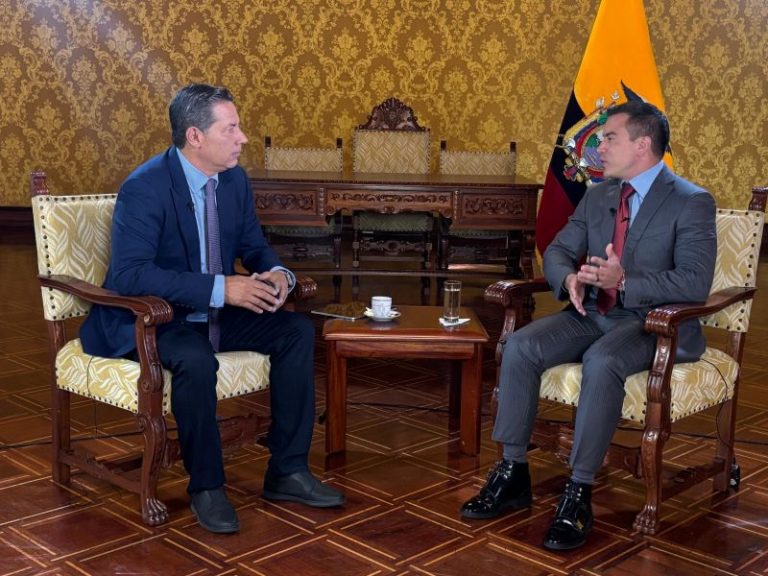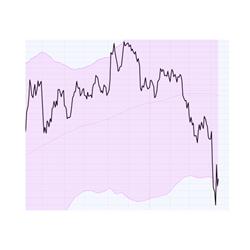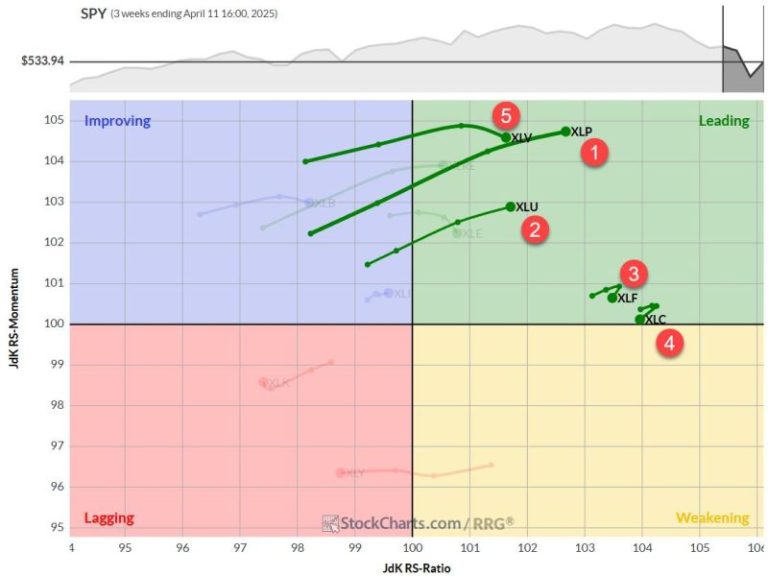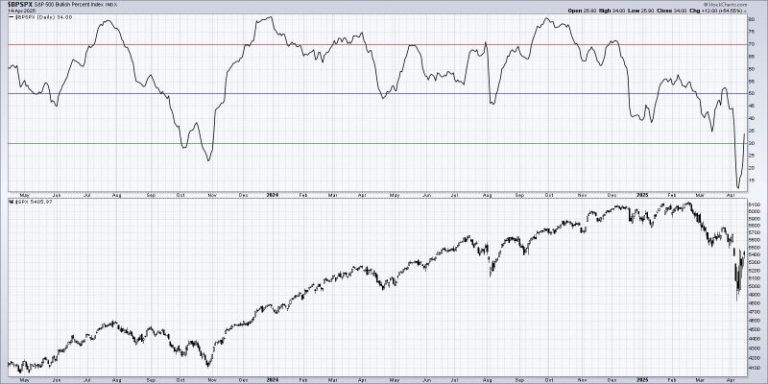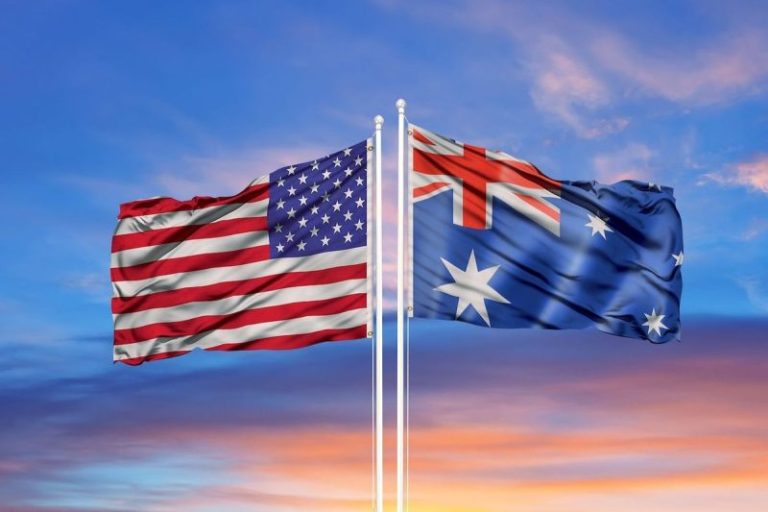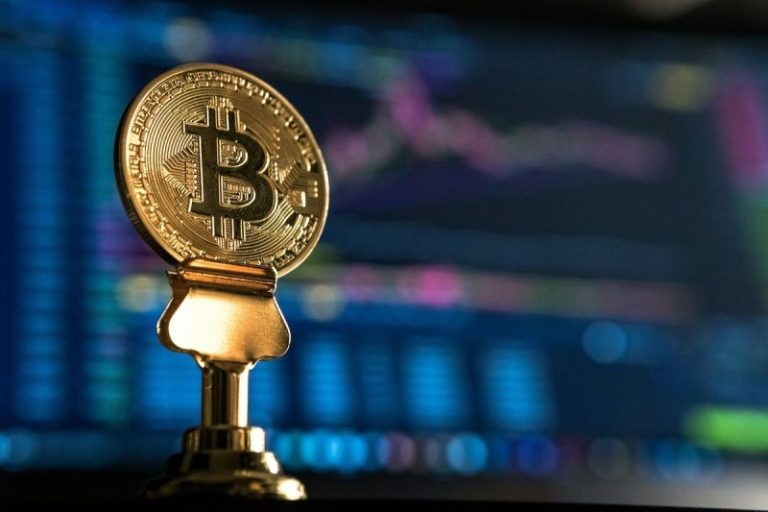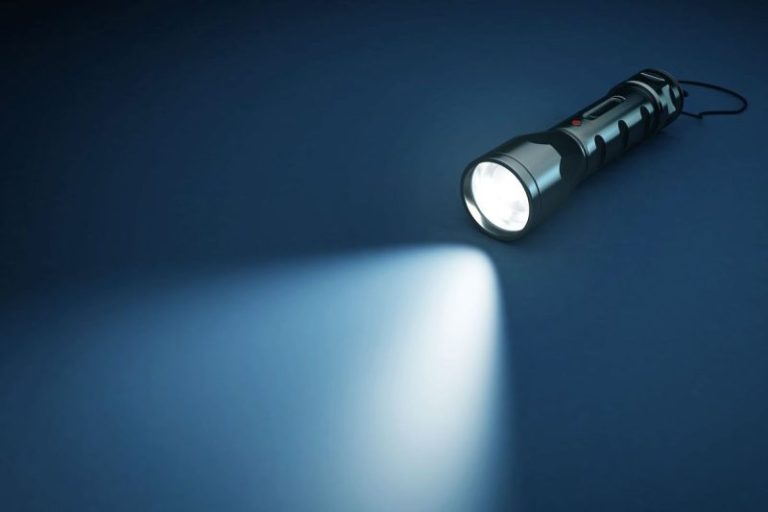Crypto news to know
Kraken expands into stock and ETF trading
Kraken announced on Monday that it will expand beyond cryptocurrencies to offer eligible users trade services for over 11,000 US-listed stocks and exchange-traded funds through Kraken Securities.
Users will be able to trade traditional assets and cryptocurrencies within a single Kraken account. The service is available to select states as part of a phased rollout, with plans to expand to all states and the UK, Europe and Australia.
Euro-sacked stablecoin EURC sees growth amidst strengthening Euro
Circle’s Euro-backed stablecoin, EURC, is experiencing growth amidst a strengthening Euro, its market cap growing from around $83 million at the beginning of 2025 to $204 million at the time of writing.
The euro has been rallying while the dollar falls amidst escalating trade tensions between the US and the rest of the world. Obchakevich Research founder Alex Obchakevich expects Euro Coin will continue to grow even as nations reach a trade deal that he projects will stabilize the Euro at around $1.11.
“I predict EURC to grow to 400 million euros by the end of this year. This will be further impacted by MiCa regulatory support and economic challenges,” he said.
MANTRA (OM) token price collapse and aftermath
Following a dramatic price collapse in the MANTRA (OM) token on Sunday (April 13) that wiped out billions of dollars in market cap, CEO John Mullin spoke in a now-deleted AMA thread hosted by Cointelegraph on X.
During the Monday discussion, Mullin denied accusations of insider selling or “rug pulling,” saying the plunge occurred after exchanges closed positions without notice.
On-chain data revealed that around US$227 million worth of OM was deposited from 17 wallets, with two linked to strategic investor Laser Digital. Arkham data revealed those wallets moved millions of OM to OKX and Binance in the days leading up to the collapse.
“The Mantra association, our key investors, our advisers — no one has sold, and we are going to categorically deny and also provide verifiable proof onchain proof that this is the case,” Mullin stated in the AMA, adding that he “(doesn’t) know who those wallets belong to.”
Mantra is up 10.8 percent to US$0.65 at the time of writing, far below its April 9 price of US$6.76.
Strategy buys US$285 million in BTC amid volatility
Michael Saylor’s firm, Strategy, capitalized on sharp equity market swings last week, purchasing 3,459 more BTC valued at US$285.8 million between April 7 to 13.
The buy was funded through its at-the-market equity offering as shares fluctuated from -11 percent to +25 percent, demonstrating the firm’s commitment to BTC accumulation even during periods of financial instability. Strategy’s Bitcoin holdings now total around US$45 billion, representing about 2.5 percent of the total BTC supply.
The firm also disclosed a forthcoming US$5.9 billion unrealized loss due to new accounting rules requiring market-based valuations for digital assets. Even so, Strategy remains on track with its plan to raise US$42 billion through 2027 for continuous Bitcoin acquisitions, reinforcing its identity as a long-term Bitcoin maximalist corporate play.
Metaplanet now 9th largest public Bitcoin holder
Japanese investment firm Metaplanet has acquired 319 BTC at an average price of US$83,147, bringing its total treasury to 4,525 BTC. That makes it the ninth largest publicly traded Bitcoin holding company.
This acquisition is part of its broader treasury strategy to build shareholder value through Bitcoin accumulation, initiated in December 2024. The company now has a cost basis of US$408.1 million and evaluates its Bitcoin performance using Bitcoin yield, which hit 95.6 percent in the first quarter of 2025.
Backed by sophisticated financial engineering such as bond issuances and stock acquisition rights, Metaplanet has executed over 41 percent of its “210 million plan,” demonstrating significant momentum.
The firm’s bold approach also reflects Japan’s evolving stance toward crypto as a mainstream asset class and could influence similar treasury strategies in Asia.
CeFi lending drops from 2021 peak, DeFi borrowing soars
The crypto lending market remains well below its former highs, down from US$64.4 billion in 2021 to US$36.5 billion at the close of 2024, according to a new report by Galaxy Digital.
This contraction is largely due to the collapse of major centralized finance (CeFi) lenders like Genesis, BlockFi, Celsius, and Voyager, which together lost 82 percent of their lending capacity during the bear market.
However, decentralized finance (DeFi) has made a stunning recovery, with open borrows jumping from US$1.8 billion in late 2022 to US$19.1 billion across 20 platforms and 12 blockchains — a 959 percent increase. Galaxy attributes this to DeFi’s permissionless nature, transparency, and its resilience during market turmoil that crushed CeFi players.
Today, Tether, Galaxy, and Ledn dominate the surviving CeFi space, accounting for nearly 89 percent of its total activity, while DeFi’s growth hints at a larger shift toward decentralized, non-custodial financial infrastructure in the post-crash era.
Google to enforce MiCA rules on crypto ads
Google (NASDAQ:GOOGL) will begin enforcing stricter ad policies across 27 European countries beginning on April 23, requiring all crypto advertisers to comply with the Markets in Crypto-Assets (MiCA) regulation or be licensed under the Crypto Asset Service Provider framework.
All crypto exchanges and wallet providers advertising on Google must now also be certified by Google, and meet additional national-level legal obligations, further tightening the regulatory net on digital asset marketing.
This marks a significant shift in how crypto services are promoted in the EU and could weed out illicit players while boosting trust in licensed entities. Noncompliance will first trigger a warning before eventual account suspensions, giving advertisers a brief grace period to align with the rules.

